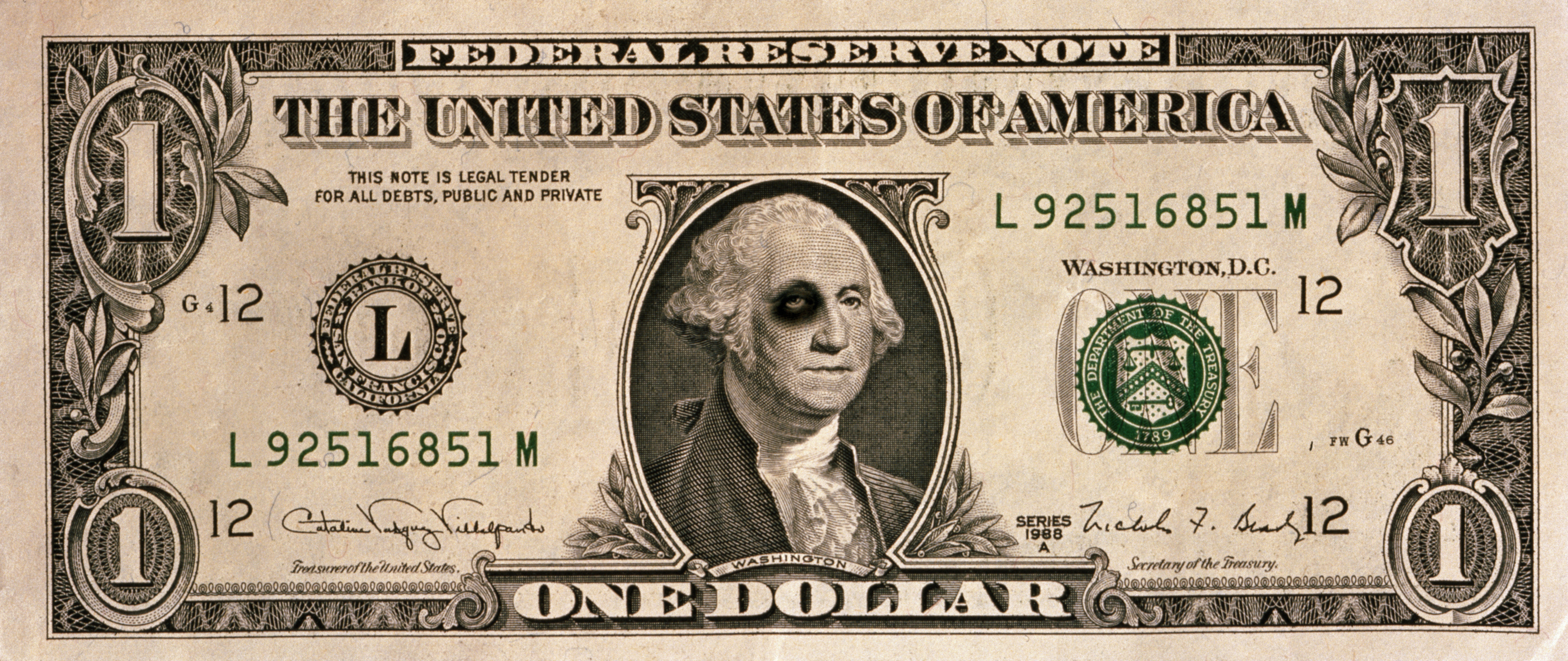Saving for Retirement When You Have a Side Hustle
Workers with side gigs can sock away even more for retirement in accounts designed for freelancers and other self-employed individuals.


Question:
I have a regular full-time job, but I also earn a few thousand dollars in freelance income every summer by writing travel articles. Can I make tax-deductible contributions to a solo 401(k) or a SEP?
Answer:

Sign up for Kiplinger’s Free E-Newsletters
Profit and prosper with the best of expert advice on investing, taxes, retirement, personal finance and more - straight to your e-mail.
Profit and prosper with the best of expert advice - straight to your e-mail.
If you have any self-employment income—from running your own business or freelancing on the side—you can make tax-deductible contributions either to a solo 401(k) or a Simplified Employee Pension (SEP). If you earn just a few thousand dollars in self-employment income, you’ll be able to contribute more to the solo 401(k), if you haven’t already contributed the maximum to a 401(k) through your full-time job.
With a solo 401(k), which is also called an individual 401(k), self-employed people can contribute up to $55,000 in 2018 (or $61,000 if they’re 50 or older and making catch-up contributions). You’re allowed to sock away so much because you can make contributions as both an employee and an employer.
For example, as an employee, you can contribute up to $18,500 a year (or $24,500 if you’re 50 or older). As an employer, you can salt away as much as 20% of your net self-employment income (your business income minus half your self-employment tax). Your total contributions can’t be more than the total amount of your freelance income for the year. That means if your net self-employment income was $10,000, you could make a tax-deductible contribution of up to $10,000 to your solo 401(k).
However, if you already contribute to a 401(k) through an employer, your solo 401(k) limits will be reduced by any contributions you’ve made to your workplace plan. But that only affects the first $18,500 (or $24,500) of contributions. If you’ve already contributed the maximum to your other 401(k), then you can still contribute up to 20% of your net self-employment income to the solo 401(k) – although your combined contributions to both plans can’t exceed $55,000, or $61,000 if you made catch-up contributions.
SEP contributions are limited to 20% of your net self-employment income, up to $55,000, with no catch-up contributions. So if you earn $10,000 in self-employment income for the year, your SEP contributions are limited to $2,000. Contributions to a 401(k) through your full-time job don’t affect your SEP contribution limits.
With both types of self-employed retirement savings plans, your contributions are tax-deductible and grow tax-deferred until you withdraw the money in retirement. A few solo 401(k) providers also offer Roth solo 401(k)s, for which you forgo the tax break up front but can withdraw the money tax-free in retirement.
Most firms that offer IRAs also offer SEPs, usually with similar investing choices and fees. Not as many financial institutions offer solo 401(k)s, and you need to be careful of fees. But Fidelity, Charles Schwab and several other brokers offer low-cost solo 401(k)s.
Get Kiplinger Today newsletter — free
Profit and prosper with the best of Kiplinger's advice on investing, taxes, retirement, personal finance and much more. Delivered daily. Enter your email in the box and click Sign Me Up.

As the "Ask Kim" columnist for Kiplinger's Personal Finance, Lankford receives hundreds of personal finance questions from readers every month. She is the author of Rescue Your Financial Life (McGraw-Hill, 2003), The Insurance Maze: How You Can Save Money on Insurance -- and Still Get the Coverage You Need (Kaplan, 2006), Kiplinger's Ask Kim for Money Smart Solutions (Kaplan, 2007) and The Kiplinger/BBB Personal Finance Guide for Military Families. She is frequently featured as a financial expert on television and radio, including NBC's Today Show, CNN, CNBC and National Public Radio.
-
 What Wall Street's CEOs Are Saying About Trump's Tariffs
What Wall Street's CEOs Are Saying About Trump's TariffsWe're in the thick of earnings season and corporate America has plenty to say about the Trump administration's trade policy.
By Karee Venema
-
 The Role of the U.S. Dollar in Retirement: Is It Secure?
The Role of the U.S. Dollar in Retirement: Is It Secure?Protect your retirement from de-dollarization, because “capital always goes where it is treated best."
By Adam Shell
-
 Getting Out of an RMD Penalty
Getting Out of an RMD Penaltyretirement When your brokerage firm miscalculates your required minimum distributions, you have recourse.
By Kimberly Lankford
-
 Borrowers Get More Time to Repay 401(k) Loans
Borrowers Get More Time to Repay 401(k) Loansretirement If you leave your job while you have an outstanding 401(k) loan, Uncle Sam now gives you extra time to repay it -- thanks to the new tax law.
By Kimberly Lankford
-
 It’s Not Too Late to Boost Retirement Savings for 2018
It’s Not Too Late to Boost Retirement Savings for 2018retirement Some retirement accounts will accept contributions for 2018 up until the April tax deadline.
By Kimberly Lankford
-
 How to Correct a Mistake on Your RMDs from IRAs
How to Correct a Mistake on Your RMDs from IRAsretirement If you didn't take out the correct required minimum distribution because your brokerage firm made a mistake, the IRS may show some leniency.
By Kimberly Lankford
-
 Making the Most of a Health Savings Account Once You Turn Age 65
Making the Most of a Health Savings Account Once You Turn Age 65Making Your Money Last You’ll face a stiff penalty and taxes if you tap your health savings account for non-medical expenses before the age of 65. After that, the rules change.
By Kimberly Lankford
-
 Reporting Charitable IRA Distributions on Tax Returns Can Be Confusing
Reporting Charitable IRA Distributions on Tax Returns Can Be ConfusingIRAs Taxpayers need to be careful when reporting charitable gifts from their IRA on their tax returns, or they may end up overpaying Uncle Sam.
By Kimberly Lankford
-
 Make the Most of the New Military Retirement Plan
Make the Most of the New Military Retirement Planretirement The government is offering a new retirement option so that service members who leave the military before qualifying for a pension can still receive some benefits.
By Kimberly Lankford
-
 How Changes in Income Affect Medicare Premiums
How Changes in Income Affect Medicare PremiumsMedicare Medicare beneficiaries can see their premiums go up if their income rises, although for some that increase will be only temporary.
By Kimberly Lankford